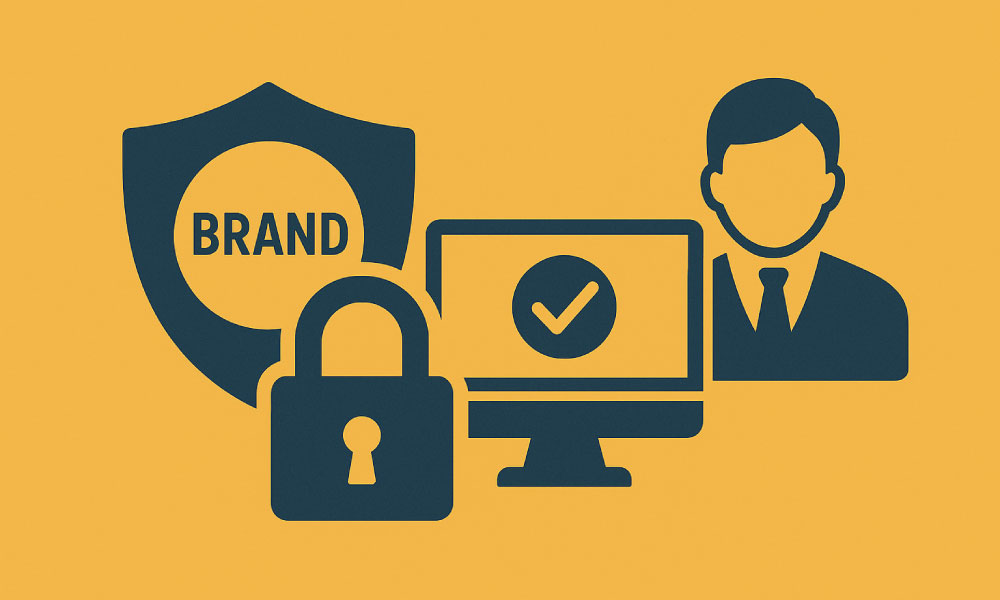In today’s hyper-connected digital world, a brand is more than just a logo, tagline, or website—it is the reputation, trust, and credibility that businesses build with customers. Unfortunately, as businesses invest heavily in digital transformation, cybercriminals and counterfeiters are equally eager to exploit brand names, reputations, and intellectual property. This is where digital brand protection comes into play.
Digital brand protection is not just about securing intellectual property; it’s about ensuring customers can trust your brand in an increasingly competitive and risky online environment. Let’s explore why it matters, common threats businesses face, and strategies to keep your brand safe.
What Is Digital Brand Protection?
Digital brand protection refers to the set of strategies, tools, and technologies used to safeguard a brand’s reputation, assets, and customers from online threats. It covers everything from domain protection and trademark enforcement to anti-counterfeiting, phishing prevention, and monitoring online abuse.
The goal is simple: to prevent bad actors from misusing your brand name, products, or identity in a way that could damage your business, erode customer trust, or cause financial loss.
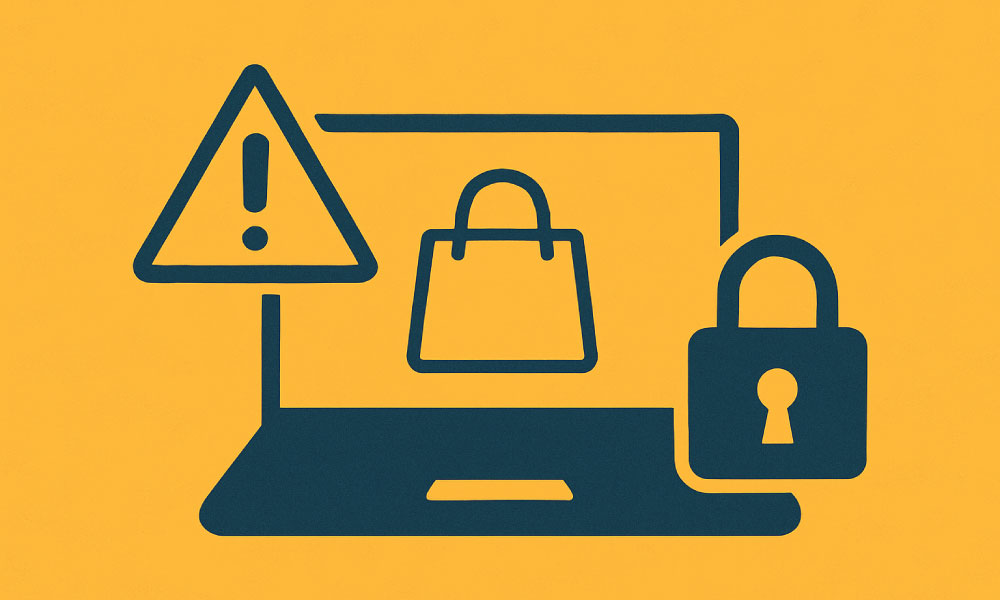
Why Digital Brand Protection Matters
- Preserves Customer Trust
Your brand is a promise to customers. When counterfeiters or fraudsters misuse your brand name, it damages that trust and makes consumers skeptical—even when interacting with legitimate channels.
- Protects Revenue
Fake websites, counterfeit products, or phishing scams not only divert customers but also directly cut into your revenue. In industries like fashion, electronics, or software, counterfeit goods represent billions in losses annually.
- Secures Intellectual Property
Domains, logos, slogans, and product names are valuable assets. Without protection, malicious actors can hijack or replicate them, undermining your competitive advantage.
- Prevents Legal and Compliance Issues
Failure to act on digital threats can lead to lawsuits, regulatory fines, or violations of data protection laws. Being proactive ensures compliance and minimizes risk.
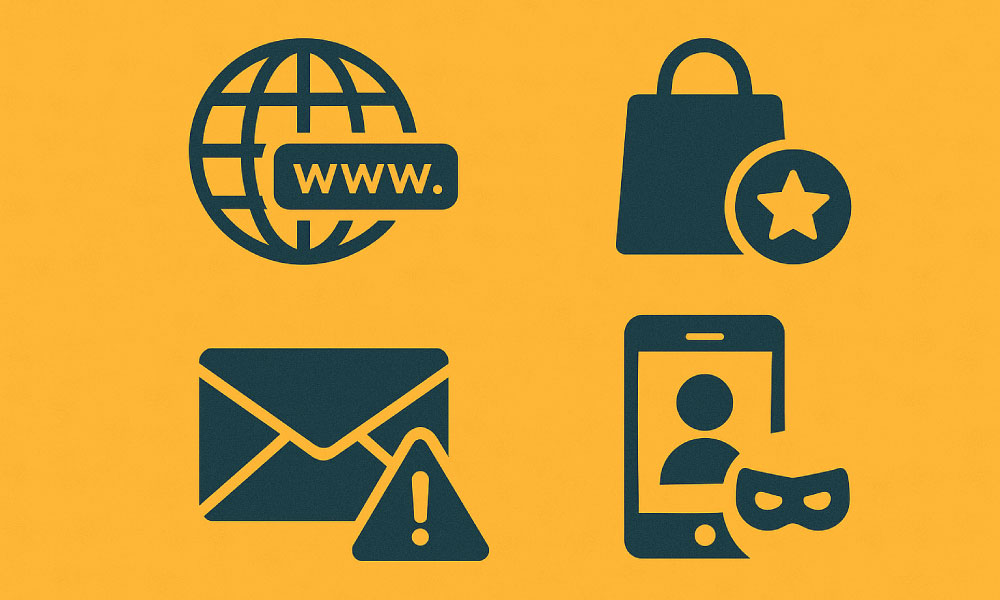
Common Threats to Digital Brands
Understanding the types of risks is the first step toward building a strong defense.
- Cybersquatting: Malicious actors register domain names similar to your brand (e.g., brandname-shop.com) to mislead customers or resell them at high prices.
- Phishing Websites: Fake sites that imitate your brand to steal customer data or payment information.
- Counterfeit Products: Fake versions of your products sold on online marketplaces, eroding both revenue and customer trust.
- Social Media Impersonation: Fraudulent accounts mimicking your brand to scam users or spread misinformation.
- Unauthorized Trademark Use: Competitors or third parties exploiting your brand’s intellectual property without permission.
- Fake Mobile Apps: Rogue apps disguised under your brand’s name to steal sensitive data.
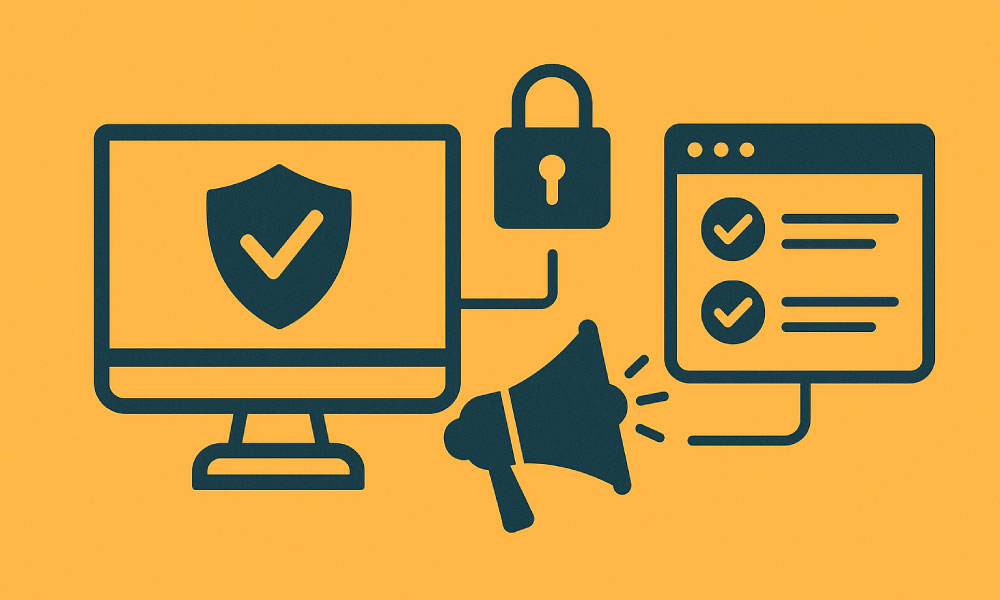
How to Protect Your Brand Online
- Secure Your Domain Portfolio
Register your brand name across popular top-level domains (TLDs) like .com, .net, .org, and industry-specific TLDs like .tech or .store. Consider defensive registrations to prevent cybersquatting. Always enable domain locking and SSL certificates (HTTPS) for extra security.
- Monitor Online Channels
Use brand monitoring tools to scan social media, search engines, and marketplaces for unauthorized use of your brand. Automated alerts help you act quickly against infringements.
- Trademark Your Assets
Register trademarks for your brand name, logos, slogans, and product names. A registered trademark strengthens your legal position when filing takedown requests or lawsuits against infringers.
- Partner with Marketplaces and Platforms
E-commerce platforms like Amazon and Alibaba, as well as social networks like Facebook, offer brand protection programs. Enrolling ensures faster takedowns of counterfeit or infringing content.
- Implement Anti-Phishing Defenses
Adopt DMARC, DKIM, and SPF records to authenticate emails sent from your domain, preventing phishing campaigns. Train your customers to recognize official communication channels.
- Educate Your Customers
Encourage customers to buy only from verified sources. Provide clear guidance on how to spot fake websites, apps, or products. Education builds resilience and trust.
- Work with a Brand Protection Service
Specialized digital brand protection providers use AI and advanced detection technologies to monitor and remove infringements at scale. This is especially vital for global brands.
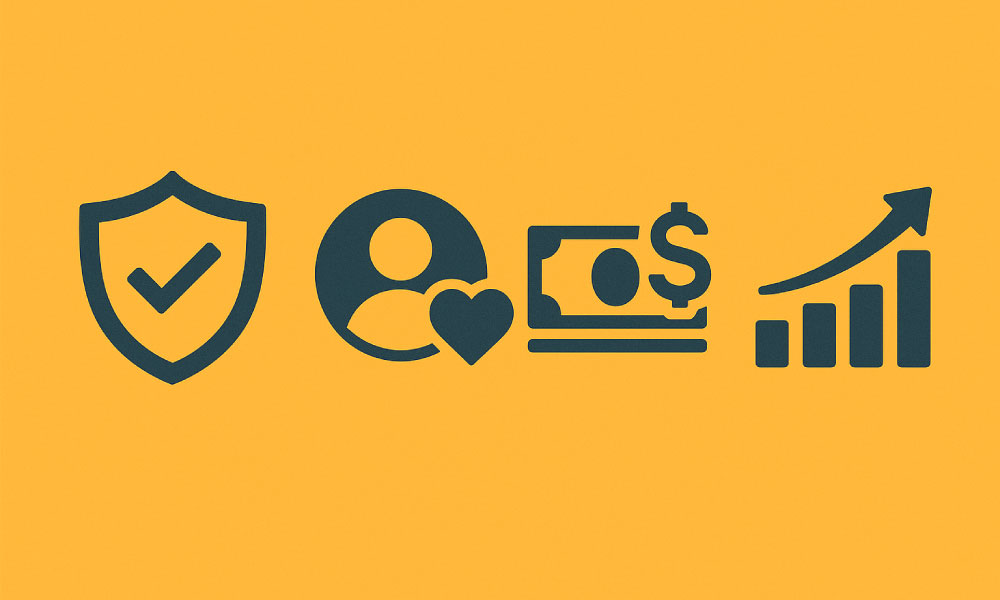
Benefits of Strong Brand Protection
- Stronger Customer Loyalty: Customers feel safer when they know your brand takes protection seriously.
- Reduced Revenue Loss: Blocking counterfeiters ensures sales go to your legitimate channels.
- Improved SEO and Visibility: Eliminating fake sites prevents search engines from indexing duplicate or harmful content.
- Legal and Compliance Confidence: With proactive measures, you’re less vulnerable to lawsuits or data breaches.
- Long-Term Brand Value: A trusted brand grows in value, reputation, and recognition over time.

Future of Digital Brand Protection
The digital landscape is evolving rapidly. Emerging technologies like AI-powered monitoring, blockchain authentication, and cyber threat intelligence are reshaping how brands defend themselves. As fraudsters become more sophisticated, businesses must adopt a proactive and adaptive approach.
The rise of new digital ecosystems—such as the metaverse, NFTs, and decentralized platforms—also opens new avenues for abuse. Protecting your brand in these environments will be critical for staying ahead of threats.
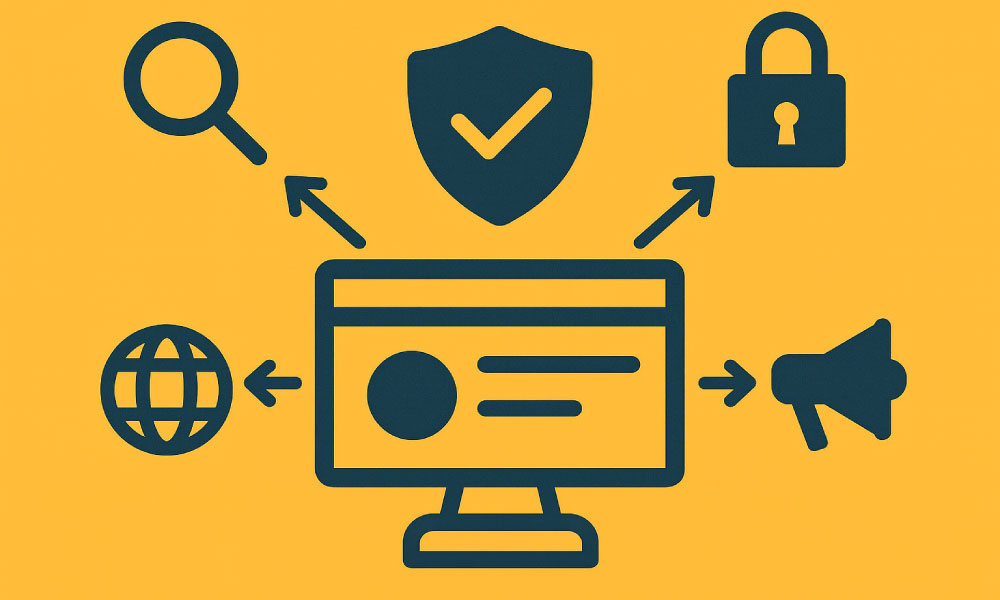
Digital Brand Protection Strategies
Your brand is one of your most valuable business assets—and in the digital age, it is also one of the most vulnerable. From domain abuse and phishing to counterfeit products and impersonation, threats are everywhere.
By investing in digital brand protection strategies—from domain management and trademark enforcement to advanced monitoring tools—you safeguard not only your revenue but also the trust and loyalty of your customers.
In an online world where credibility is everything, protecting your brand is not optional—it’s essential for survival and long-term growth.

